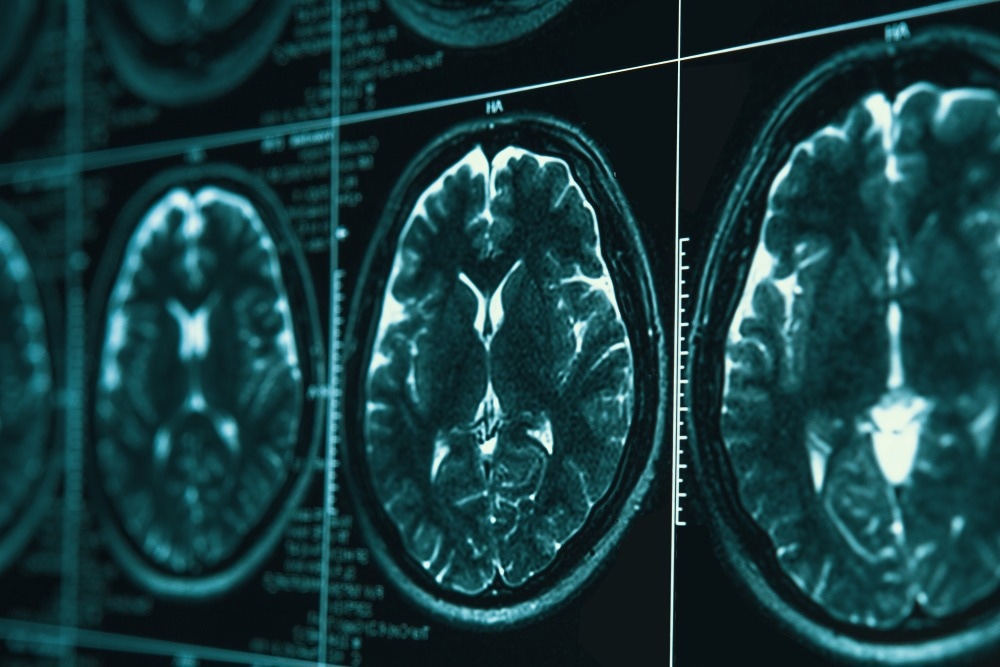Researchers recently discovered a phenomenon as they delved into the investigation of whether early-life stress exacerbates the impact of a childhood head injury on health and behavior in later years.

Image Credit: DedMityay/Shutterstock.com
In an animal experiment, stress altered the activation levels of a greater number of genes in the brain compared to the impact of a head injury.
It is established that head injuries are prevalent among young children, often resulting from falls, and can be associated with mood disorders and later-life social challenges. Additionally, adverse childhood experiences, which are widespread, can heighten the risk of disease, mental health issues, and substance misuse in adulthood.
But we don’t know how those two things can interact. We wanted to understand whether experiencing a traumatic brain injury in the context of early life stress circumstances could modulate the response to the brain injury. And using an animal model allows us to really get into the mechanisms through which these two things might be impacting brain development as it’s occurring.”
Kathryn Lenz, Study Senior Author and Associate Professor, Psychology, The Ohio State University
According to Lenz, the initial series of rat experiments indicates that the long-term health implications stemming from early-life stress might not be entirely recognized.
We found many, many, many more genes were differentially expressed as a result of our early life stress manipulation than our traumatic brain injury manipulation. Stress is really powerful, and we shouldn’t understate the impact of early-life stress on the developing brain. I think it tends to get dismissed – but it’s an incredibly important public health topic.”
Kathryn Lenz, Study Senior Author and Associate Professor, Psychology, The Ohio State University
The presentation of the research poster took place on November 12th, 2023 at Neuroscience 2023, the annual meeting of the Society for Neuroscience.
To induce stress resembling the effects of adverse childhood experiences, newborn rats were temporarily separated from their mothers daily for a 14-day period.
On the 15th day, equivalent to the developmental stage of a toddler in rats, stressed and non-stressed rats underwent either a concussion-like head injury under anesthesia or no head injury. The study compared three conditions—stress alone, head injury alone, and stress combined with head injury—to uninjured, non-stressed rats.
Michaela Breach, the first author and a graduate student in Lenz’s lab examined gene expression changes in the hippocampal region of the animals’ brains during the later juvenile period using single-nuclei RNA sequencing.
The results showed that stress alone and stress combined with traumatic brain injury (TBI) yielded noteworthy outcomes.
Both conditions activated pathways in excitatory and inhibitory neurons associated with plasticity, reflecting the brain's ability to adapt to various changes—primarily to enhance flexibility. However, in some instances, maladaptive changes occurred, leading to negative outcomes.
This may suggest that the brain is being opened up to a new period of vulnerability or is actively changing during this period of time when it could program later life deficits.”
Kathryn Lenz, Study Senior Author and Associate Professor, Psychology, The Ohio State University
Both conditions also influenced signaling associated with oxytocin, a hormone associated with maternal behavior and social bonding. The oxytocin pathway was activated by both stress alone and the combination of stress with traumatic brain injury (TBI), whereas brain injury alone inhibited this pathway.
Breach stated, “Both stress and TBI are linked to abnormal social behavior, but we’re finding these differing effects with the oxytocin signaling. That demonstrates that the effect of stress might modulate how TBI is changing the brain since the combination treatment was different from TBI on its own. Oxytocin is involved in the response to stress and repair, so that may mean it could be an interesting modulator for us to pursue in the future.”
In behavior tests in rats that had aged into adulthood, only animals that experienced early-life stress were prone to more frequently entering a wide-open space – a location that typically makes rodents feel vulnerable to predators,” noted Breach.
“Overall, that suggests they might be taking more risks later in life, which is consistent with human data showing that early life stress can increase the risk for certain conditions like ADHD, which can be characterized by risk-taking behavior or substance use disorders,” stated Breach.
Lenz emphasized that the behavior data, indicating the harmful effects of early-life stress, adds to the growing evidence underscoring the importance of addressing adverse childhood experiences.
Lenz stated, “Things like social support and enrichment can buffer the effects of early-life stress – that has been shown in animal models and in people. I don’t think it can be over-emphasized how damaging early-life stressors can be if they’re not dealt with.”